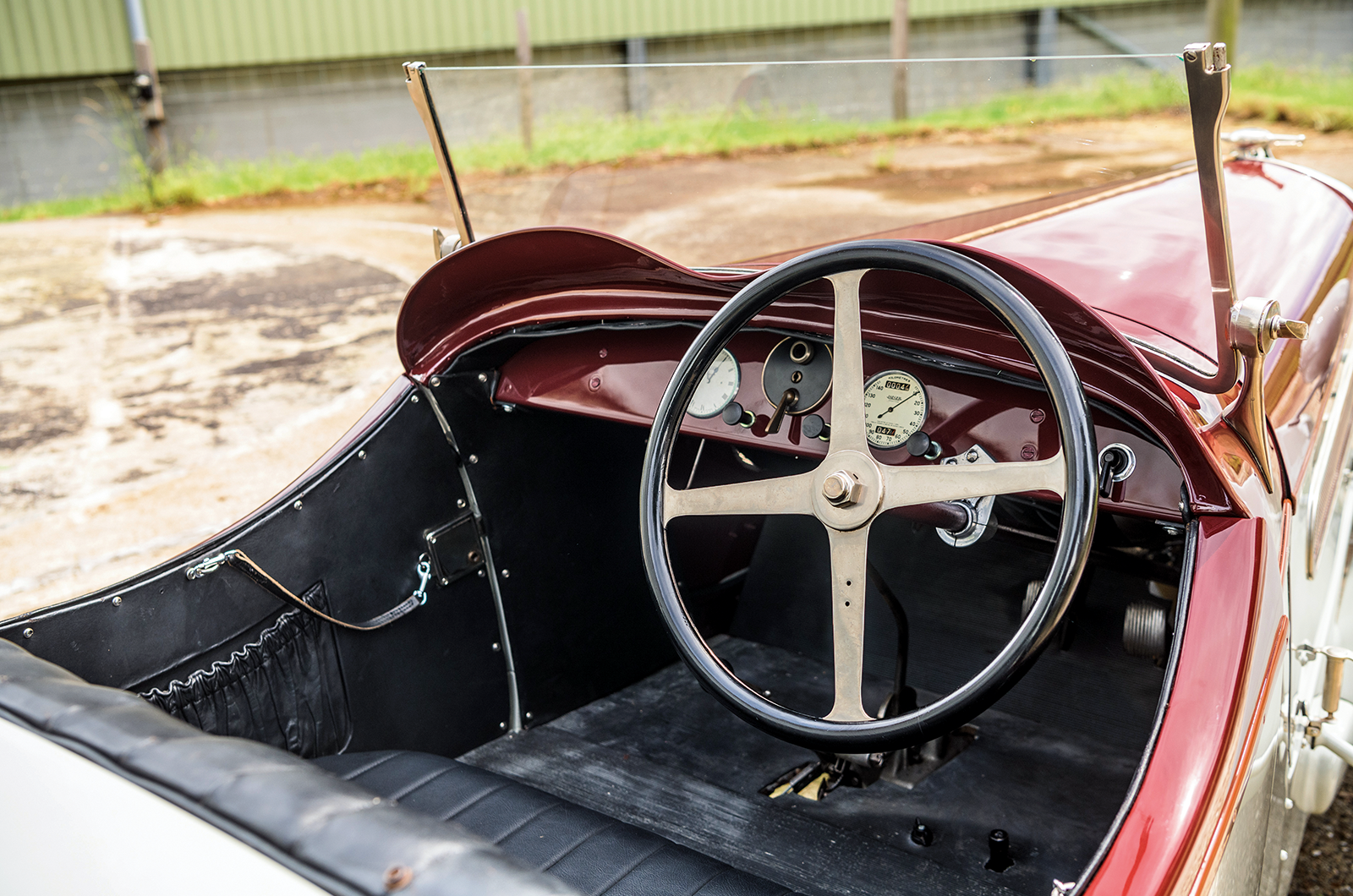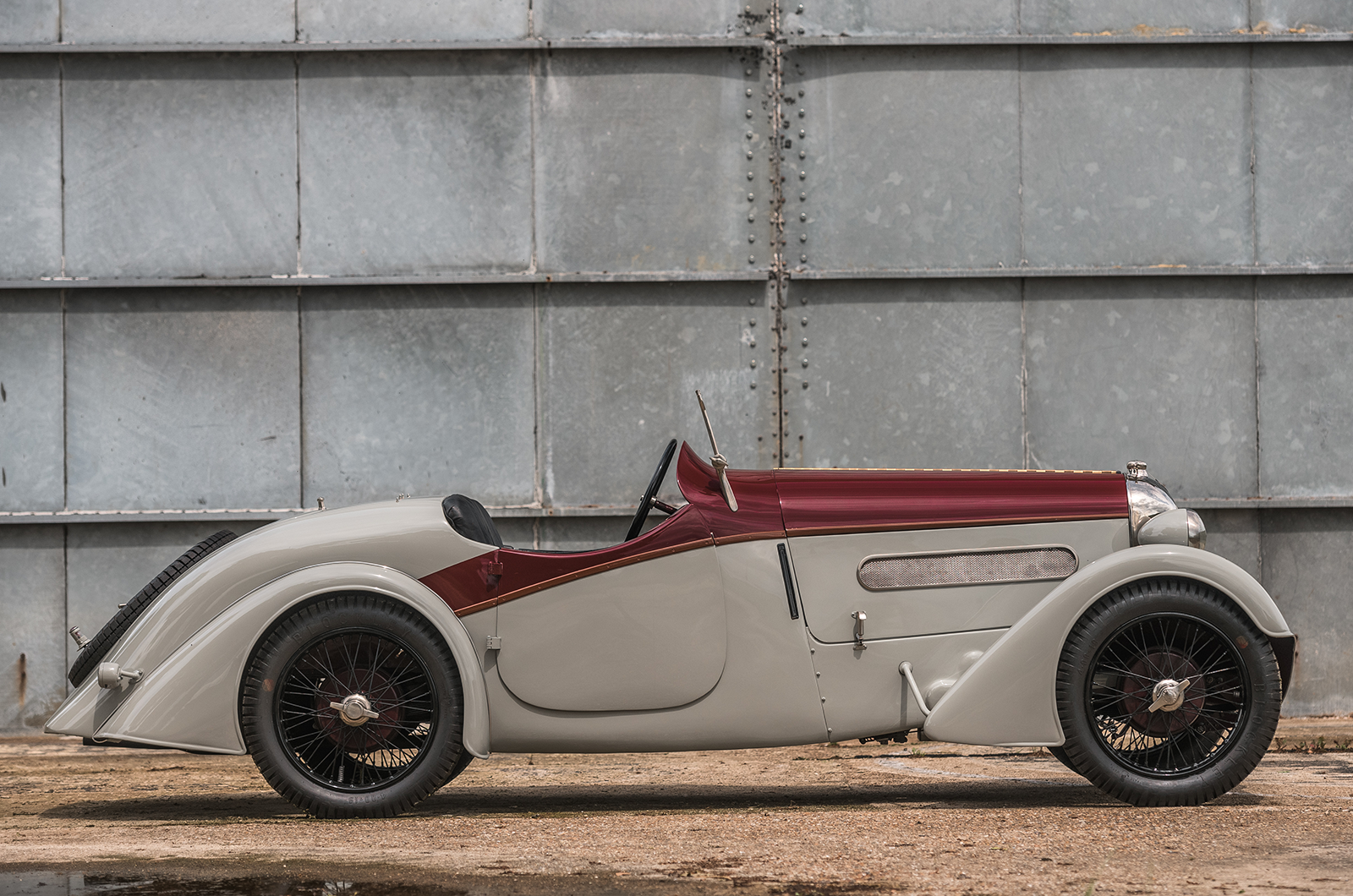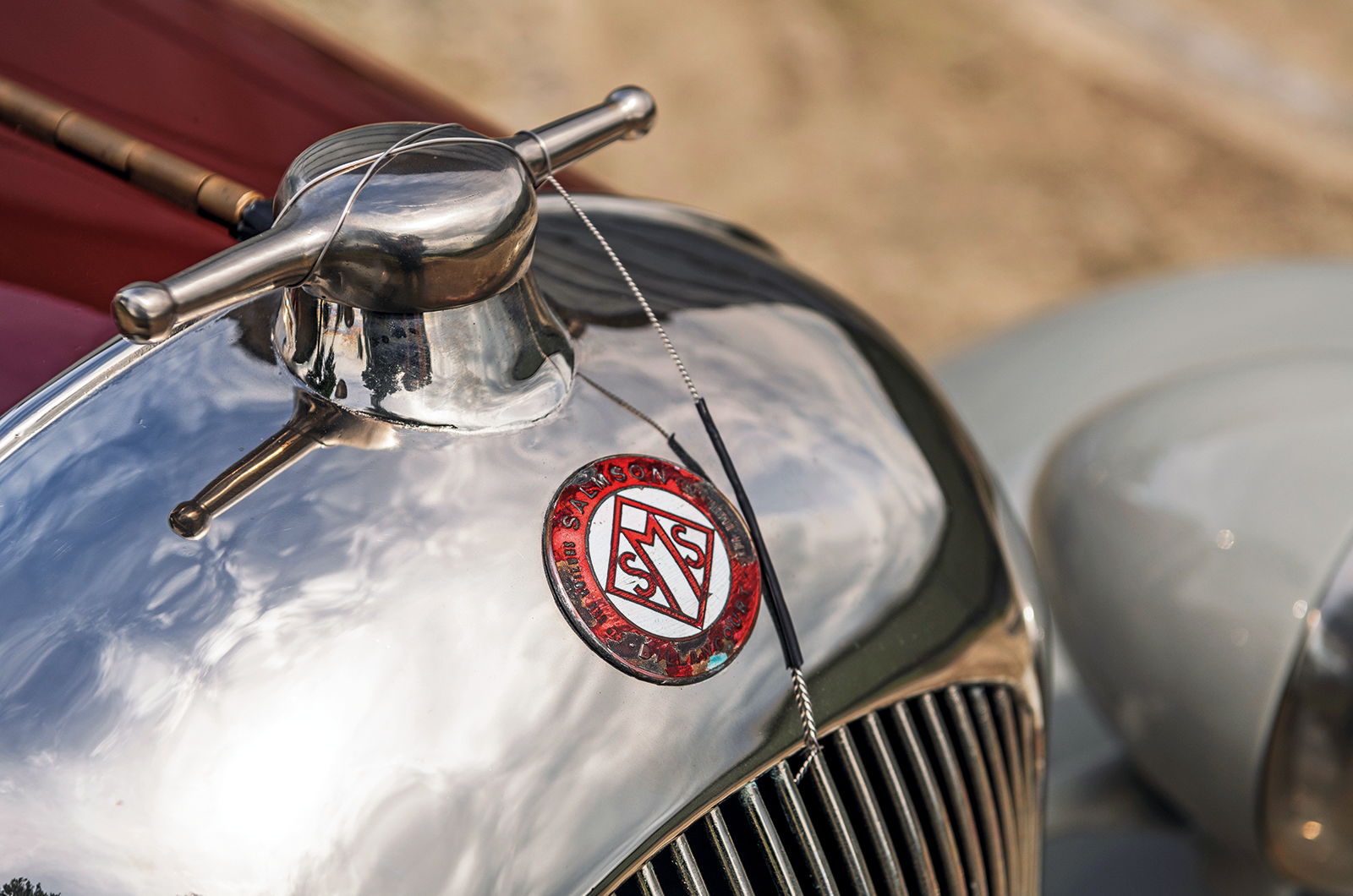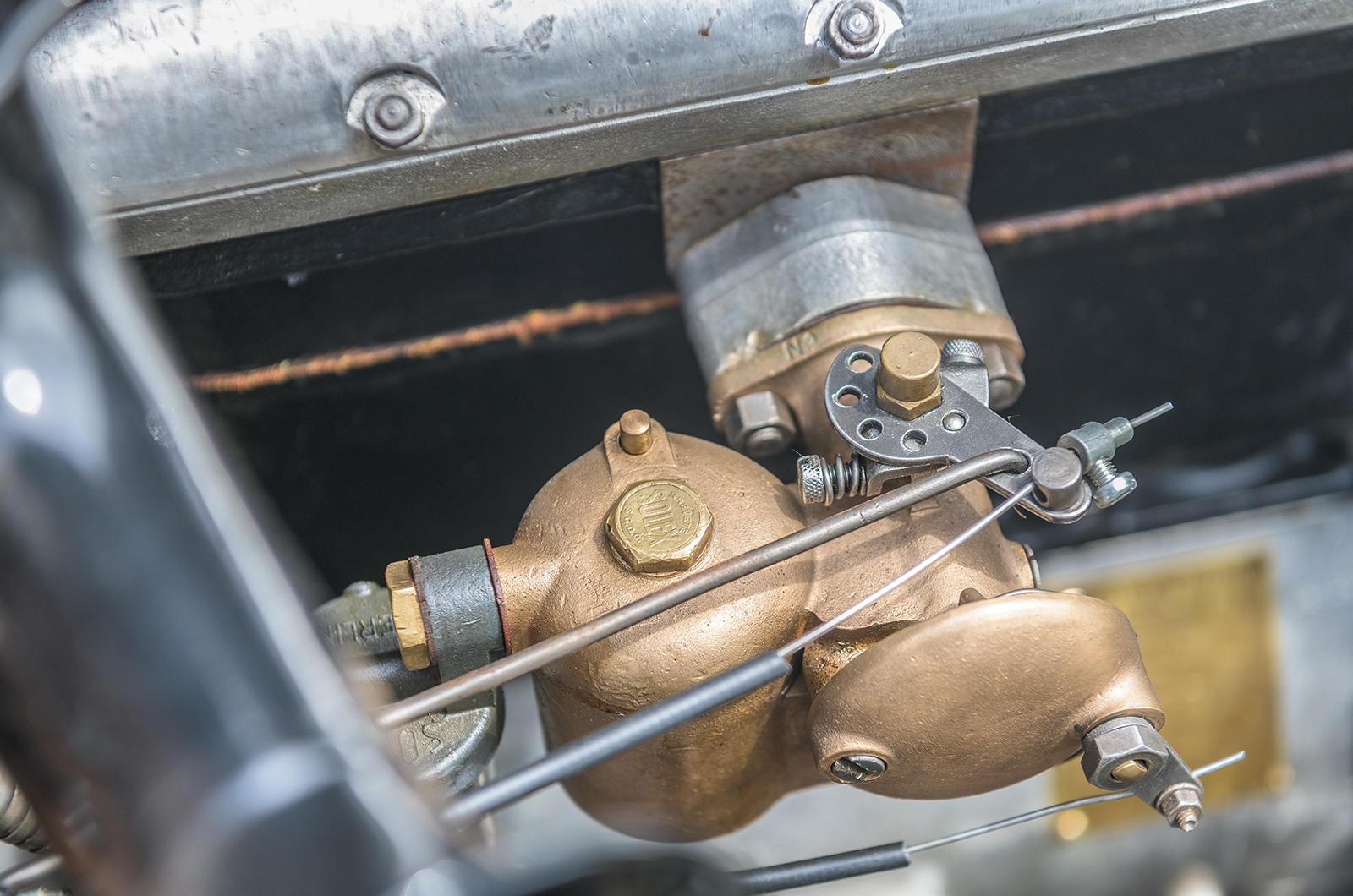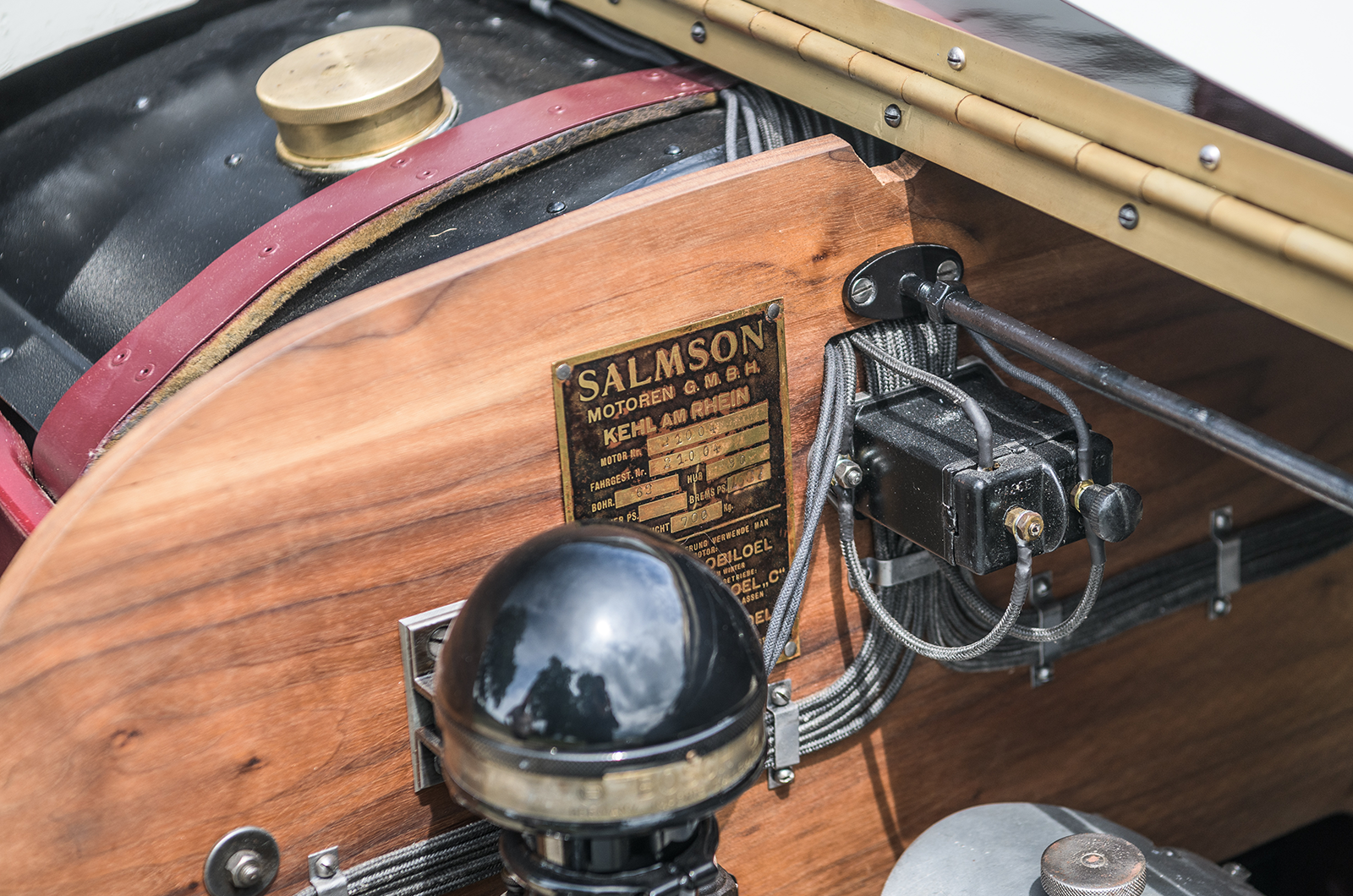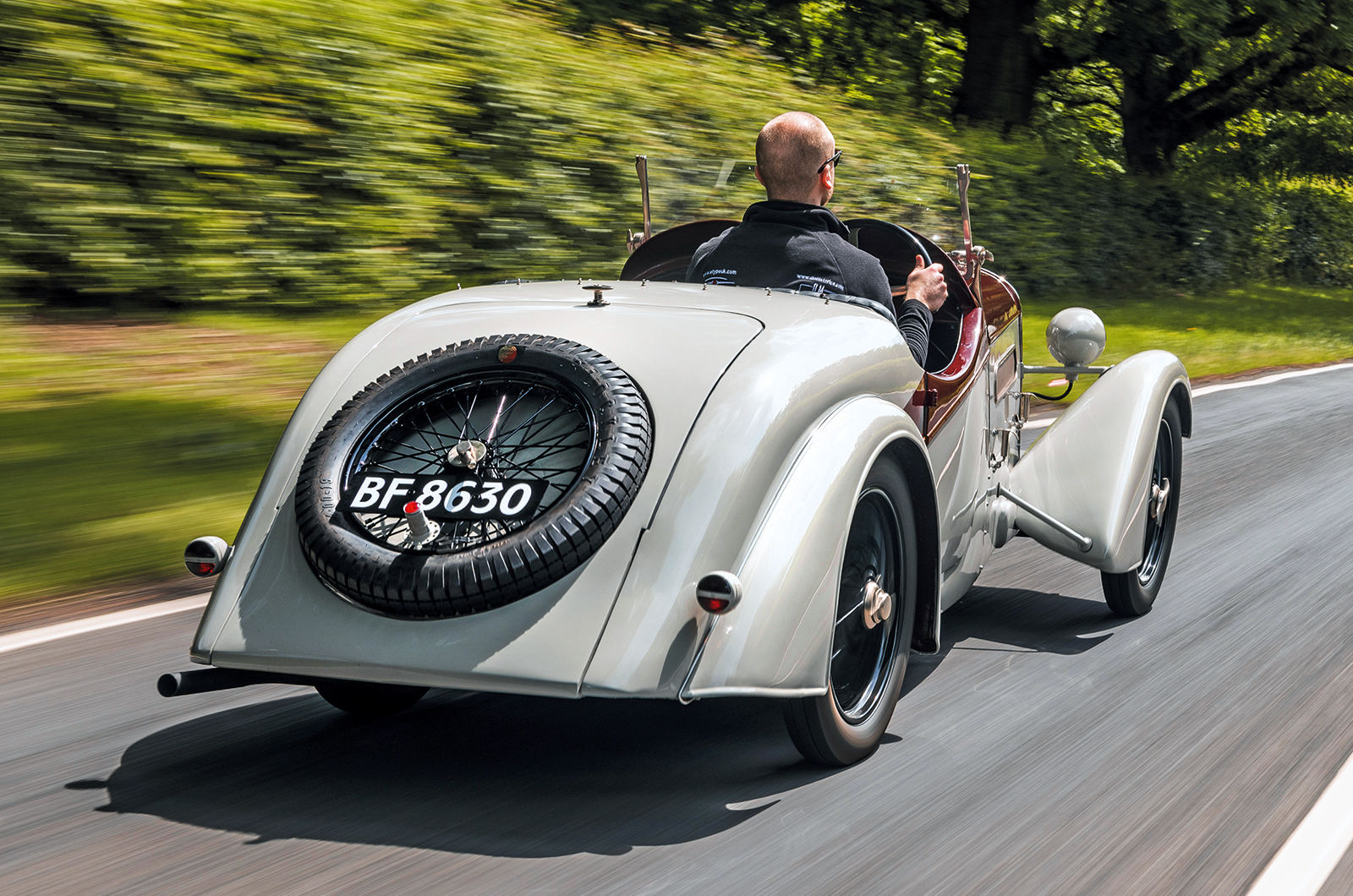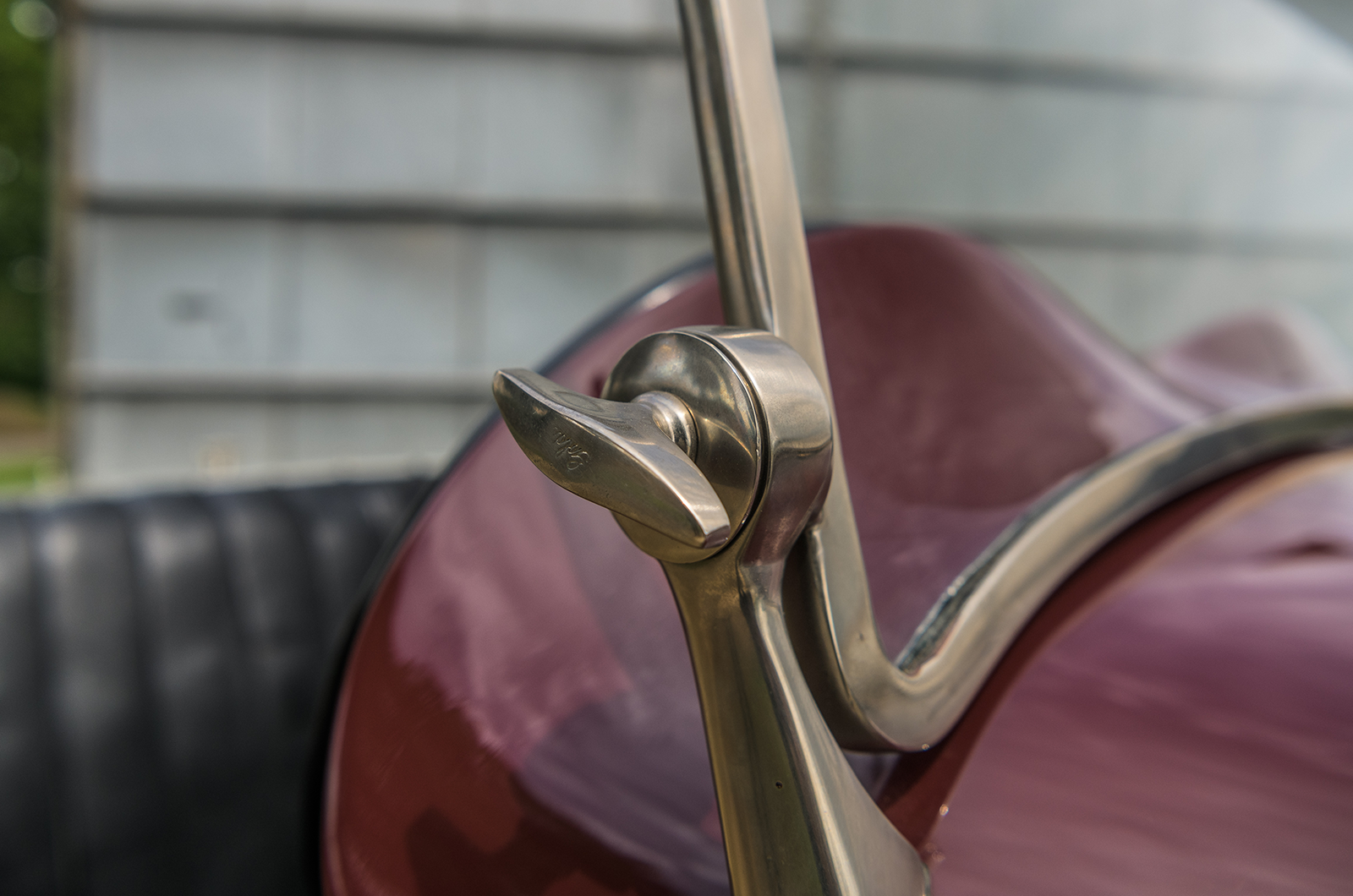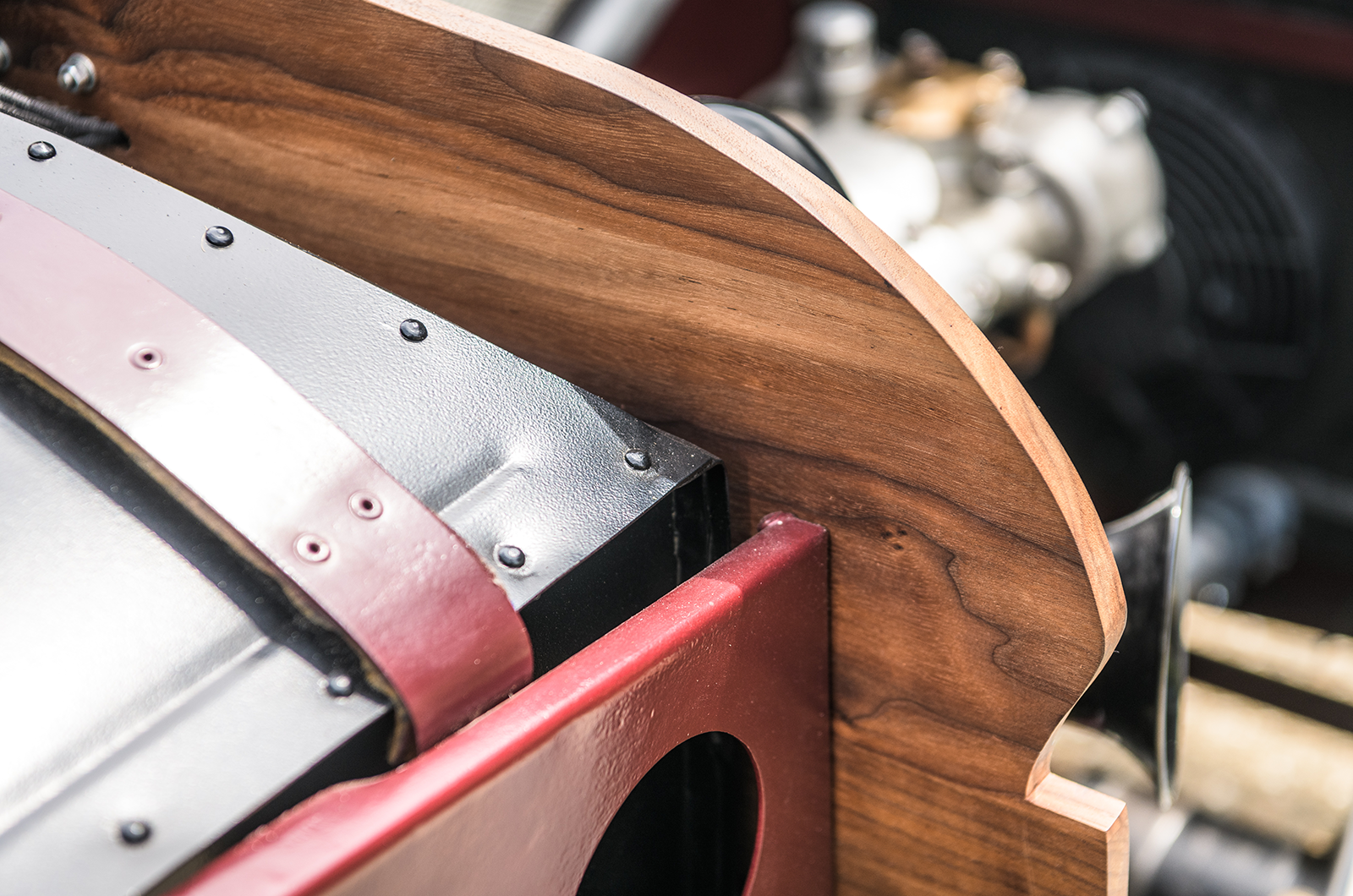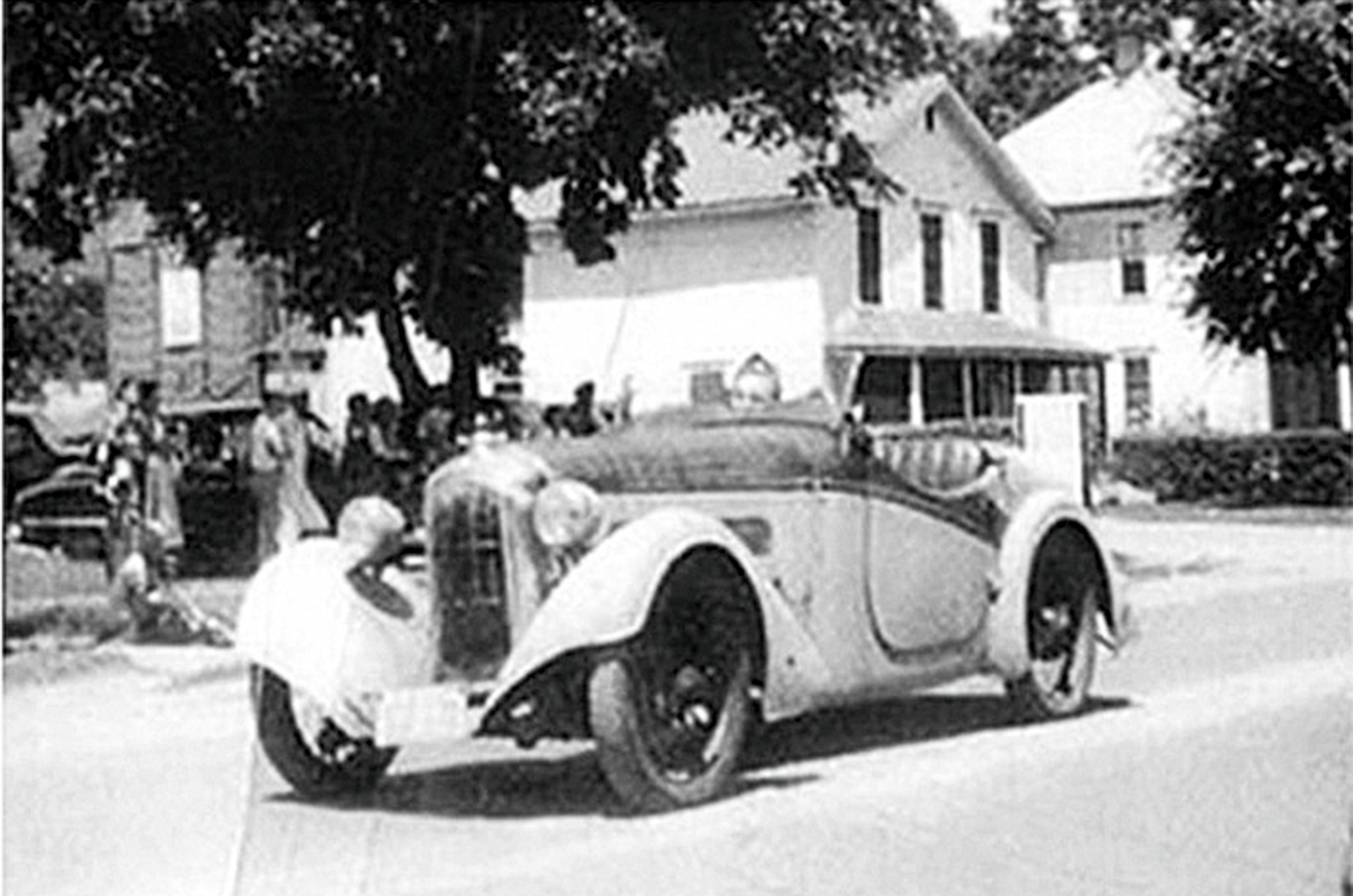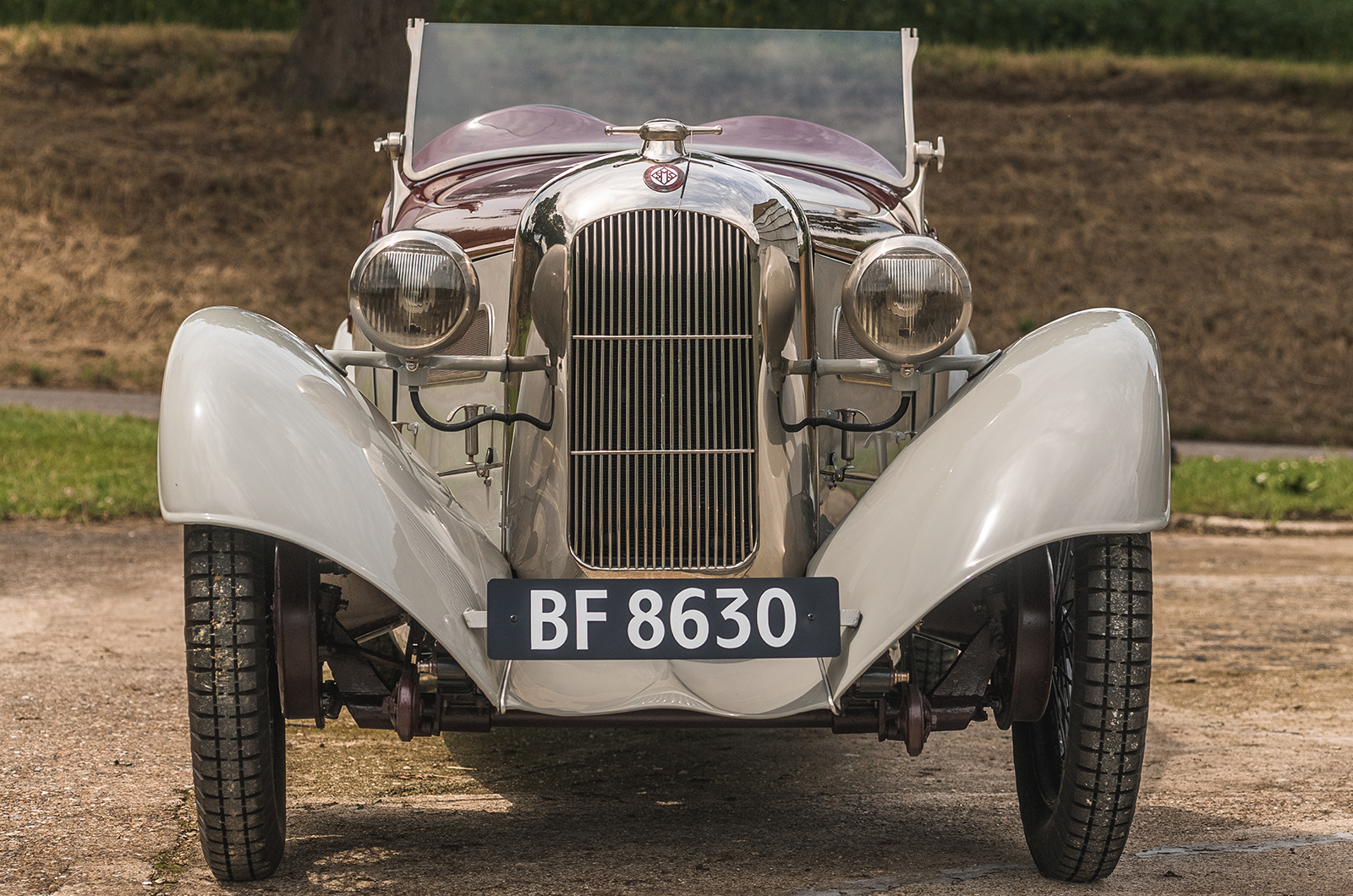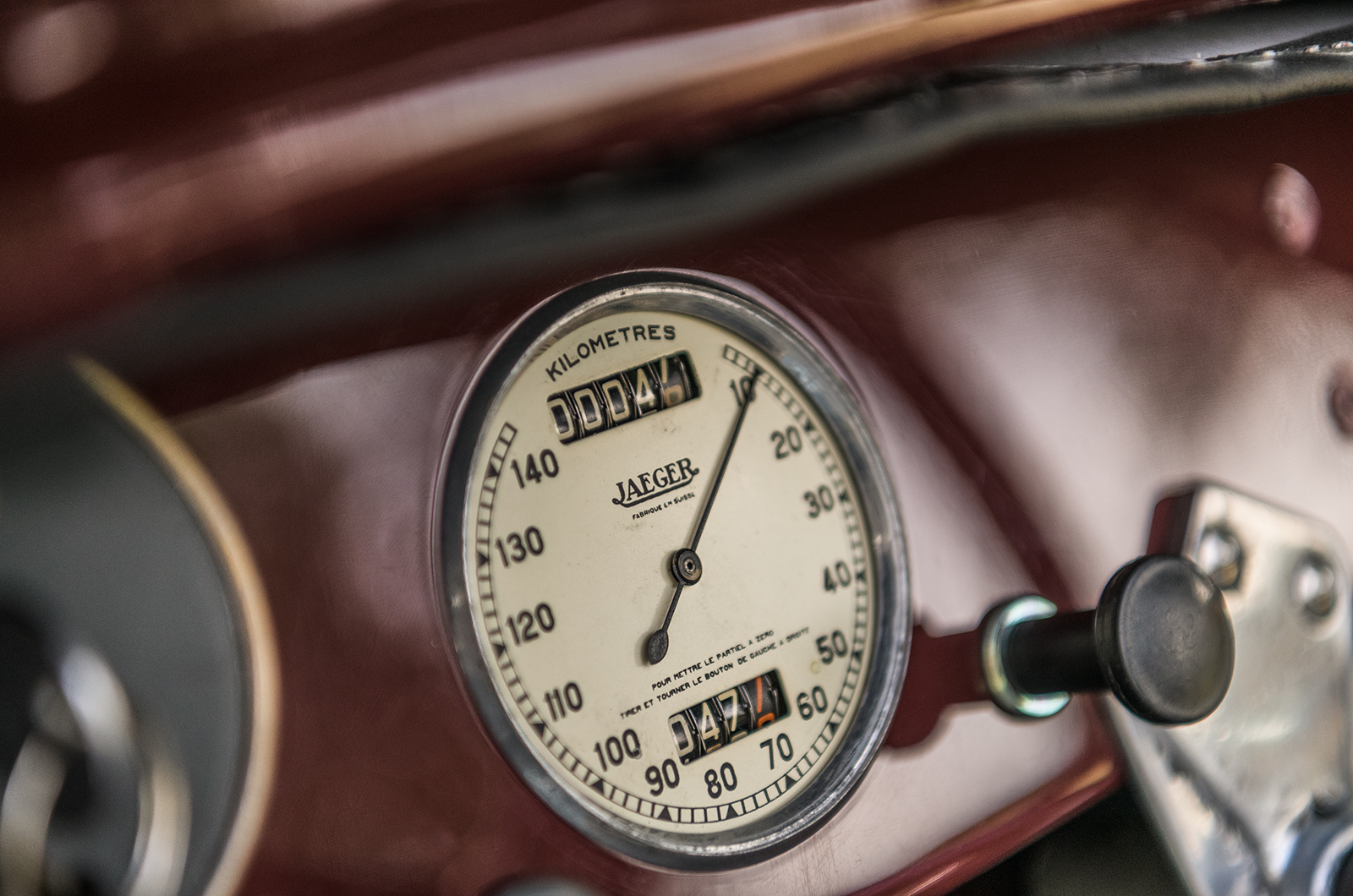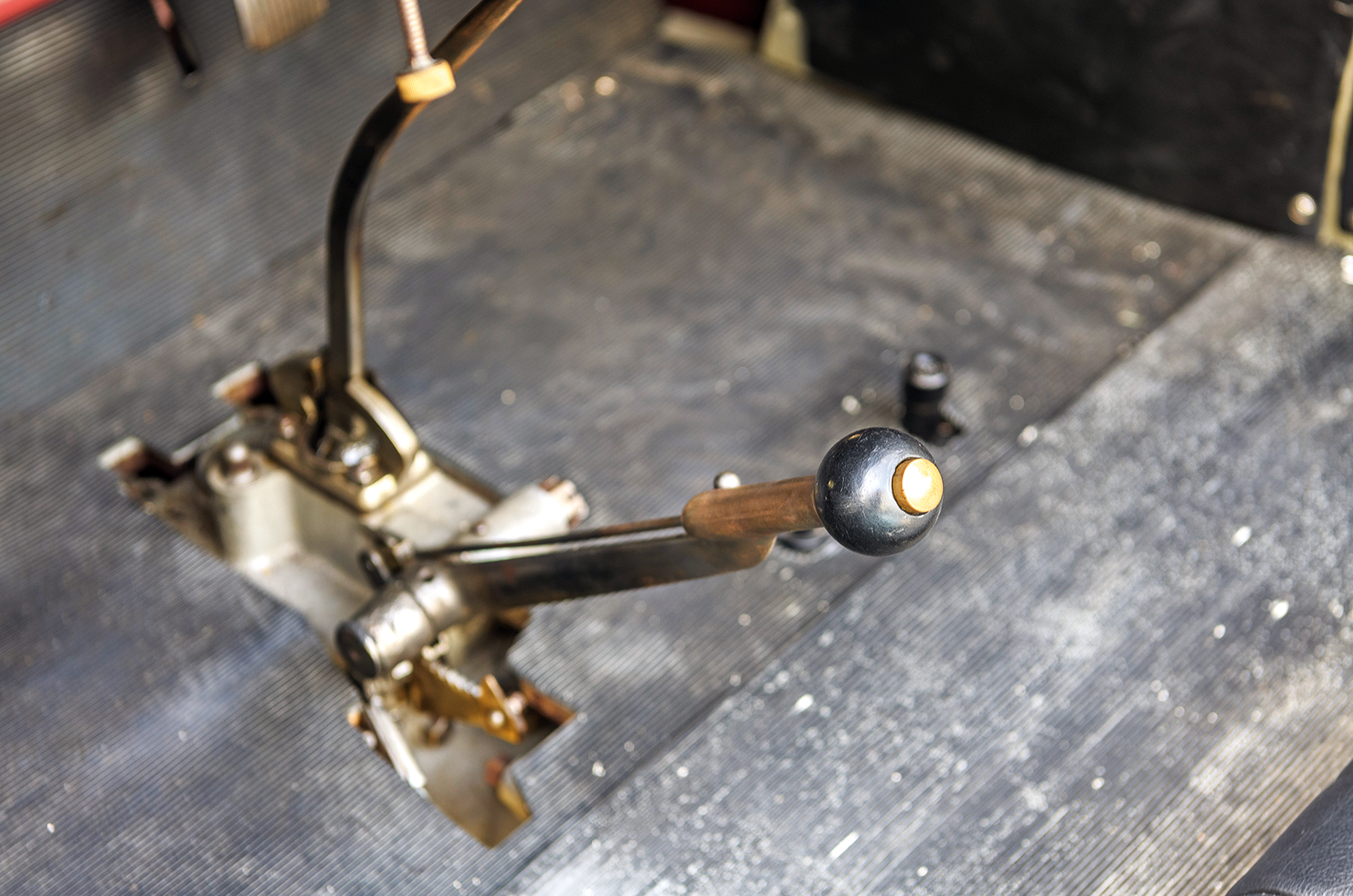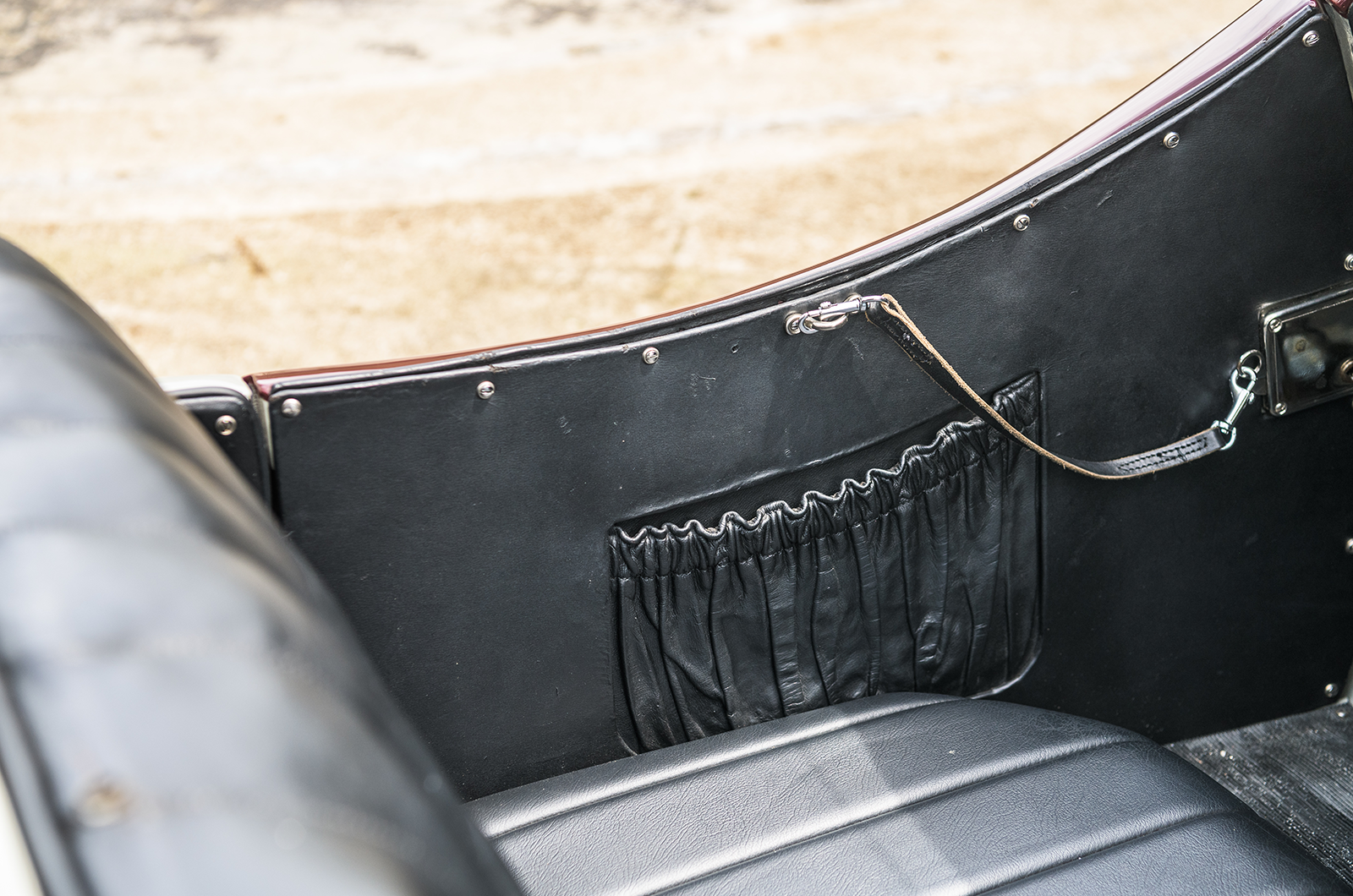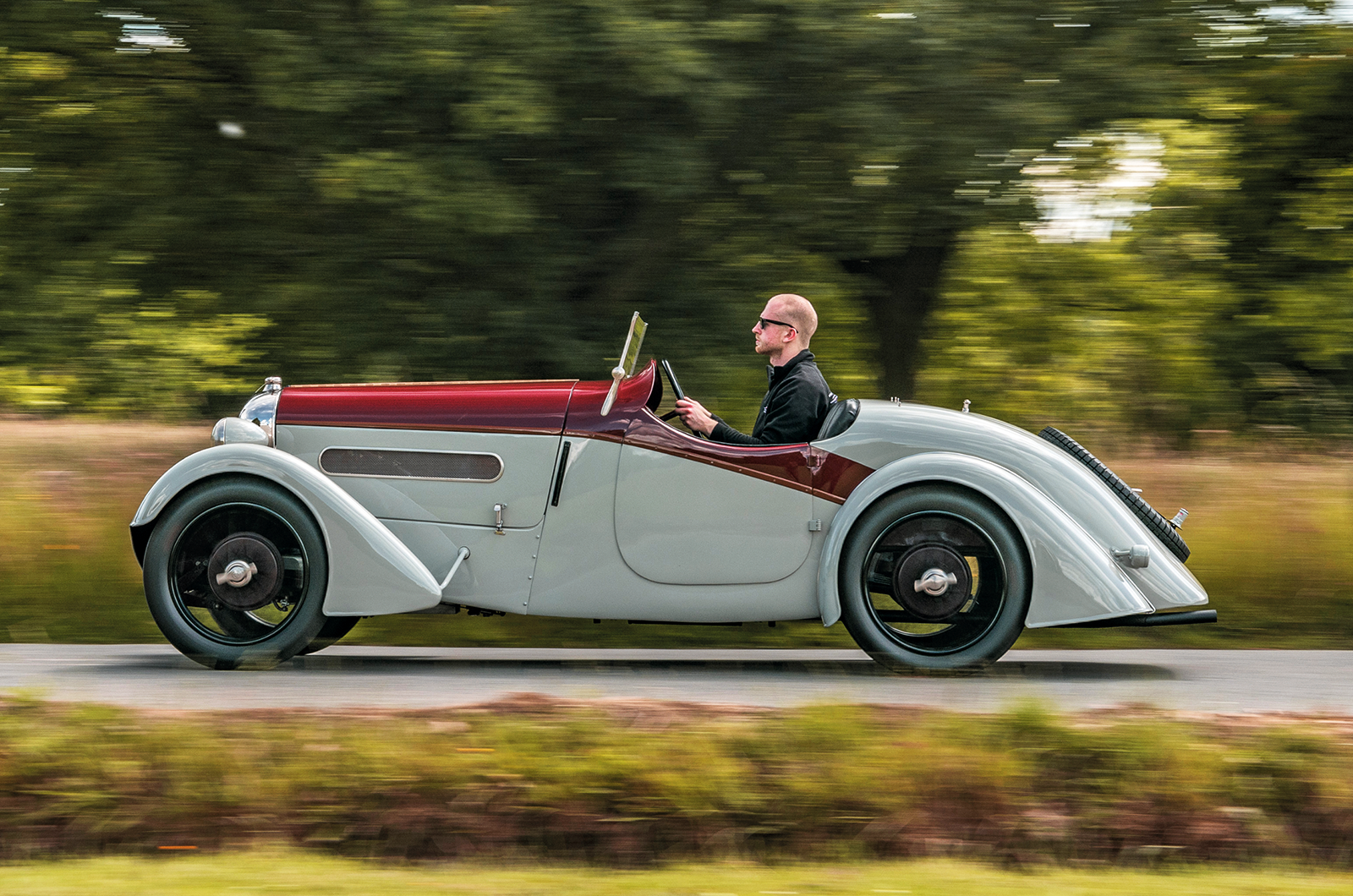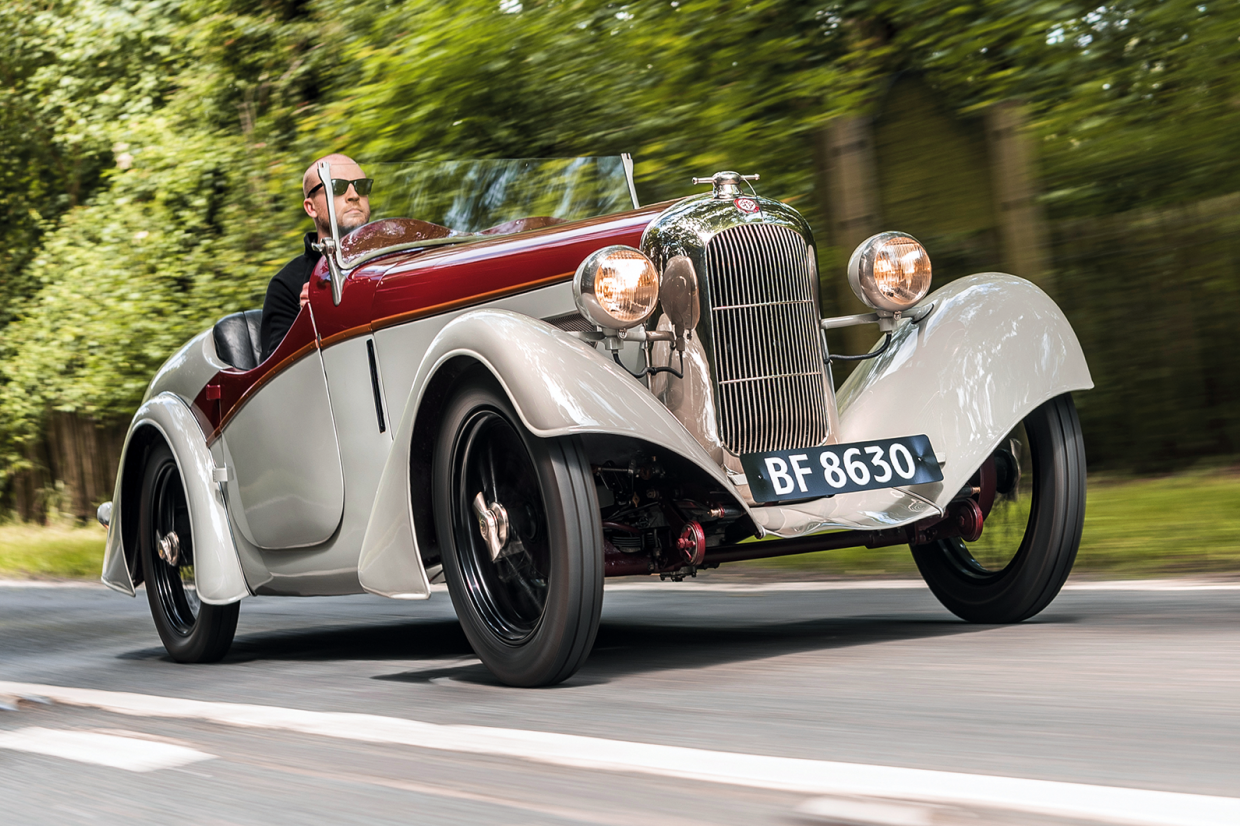
One of the great lost French marques, Salmson slipped into obscurity when its doors finally closed in 1957.
The firm had soldiered on for three years since bankruptcy, and, even as Renault executives were running a measuring tape over the factory, Salmson’s final model – the 2300 S, released in 1953 – was still thundering along the Mulsanne in 1955, ’56 and ’57.
To the last, Salmson kept alive a sporting tradition that began in its earliest days: when time was called, the works could boast of 550 race wins.
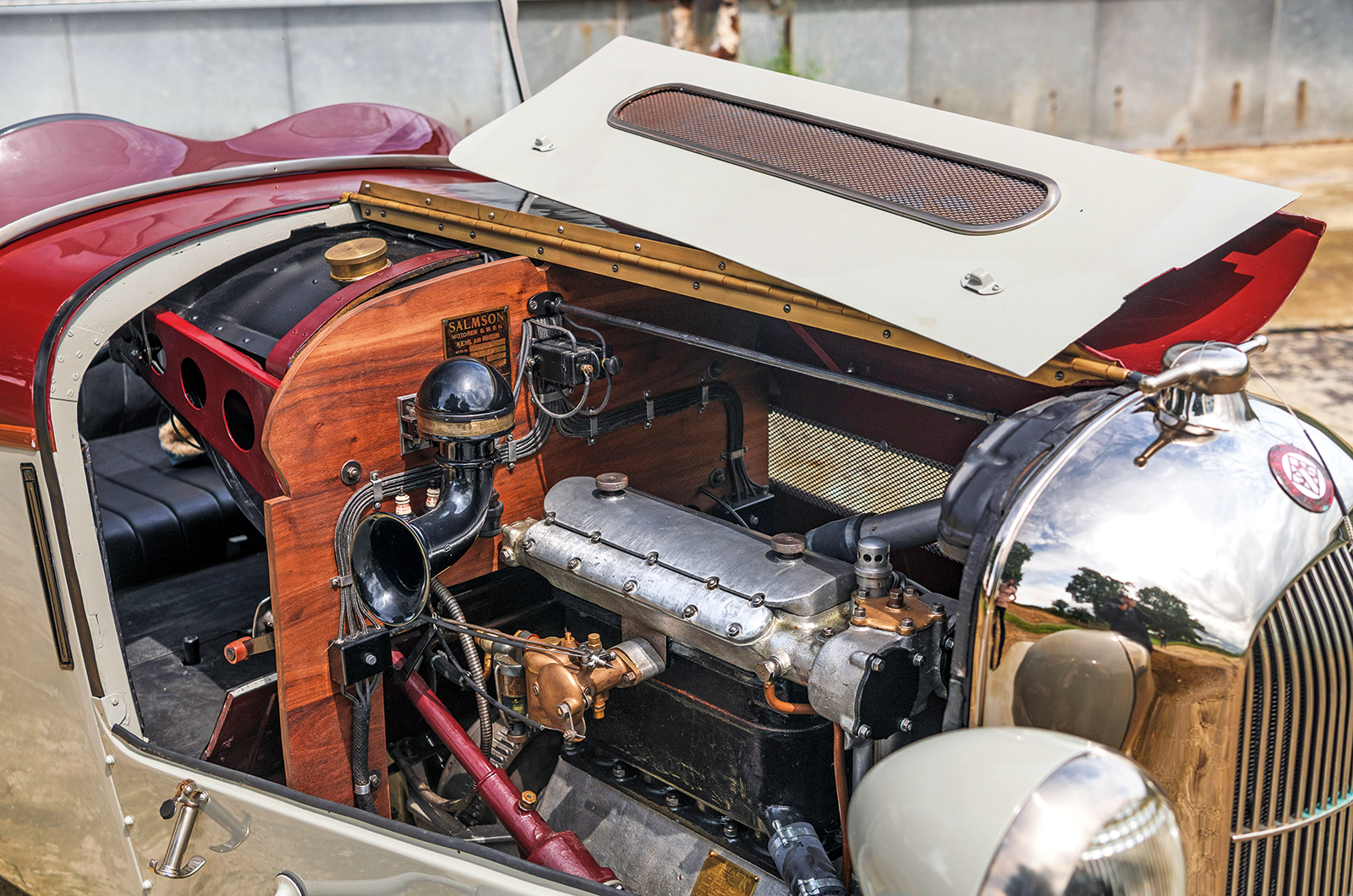
A suspicious engine knock took this Salmson GS8 Roadster off the road for more than 60 years
The link between its Grand Prix pedigree and its roadgoing tourers was never closer than in the ’20s, and in no model is it better exemplified than the GS8 Roadster – one of the last cars to carry the marque’s venerated twin-overhead-cam 1100cc engine.
Salmson progressed from production of steam-powered pumps to petrol motors towards the end of the 19th century, and the emerging field of aeronautics quickly proved an irresistible draw for Émile Salmson and business partners George Canton and Georg Unné.

